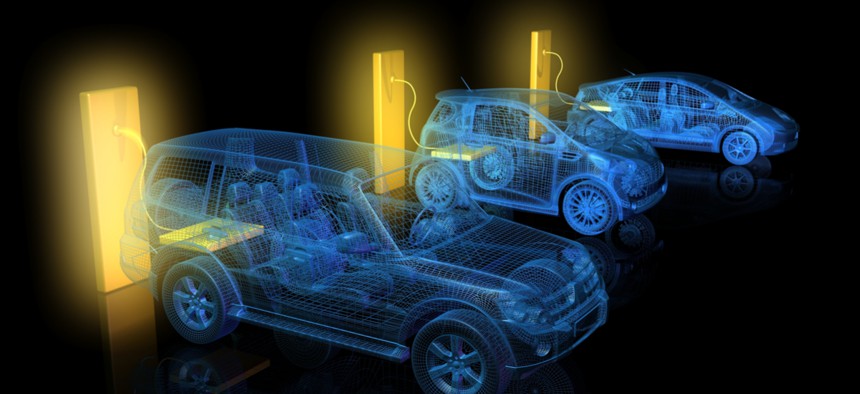A Silicon Valley Startup is Giving Lithium-Ion Batteries a Much-Needed Silicon Boost

vrx/Shutterstock.com
The tech needs to undergo a step change, and there are many startups currently trying to make it happen.
Lithium-ion batteries are the workhorses of modern life. The batteries pack enough energy to power our smartphones and electric cars. But smartphones still die after less than a full day of use and electric cars give people “range anxiety” because, even fully charged, they can’t travel as far as a gasoline-powered car on a full tank.
Incremental advances in lithium-ion-battery technology aren’t going to break those barriers. The tech needs to undergo a step change, and there are many startups currently trying to make it happen. Venture capitalists have invested billions of dollars in the last decade in hopes of finding a winning bet.
Sila Nanotechnologies, based in Silicon Valley, is one of the most promising of those startups. Today (Aug. 16) it announced raising $70 million, which bring its valuation to $350 million, according to Pitchbook. The company claims its technology can boost the capacity of a lithium-ion battery up to 40%—in comparison to the annual 5% or so improvement that old lithium-ion technology has been able to eek out by optimizing already existing materials. Sila will use the latest investment to scale up its technology from prototypes to commercial scale. It expects the batteries to be inside devices starting early next year.
Lithium-ion batteries have two electrodes: cathode and anode. When the battery is fully charged, the lithium ions are packed into the anode. As the battery’s energy gets used, the lithium ions travel to the cathode. When it’s recharged, the lithium ions move back to the anode.
The most straightforward way to boost a battery’s capacity is to increase how many lithium ions can be stored in either electrode. Most of the improvements in battery life so far have been made by manufacturers creating cathodes out of some combination of nickel, manganese, and cobalt. The crystal structures of these metals, when combined together, store lithium ions more efficiently. They also make the ions’ movement through the cathode to the anode easier than other materials.
All that while, however, anodes have basically all been made with the same material: graphite, a form of carbon.
A number of companies—including Sila, Enovix, Enevate, and Angstrom Materials—are currently trying to build a higher capacity anode using silicon, which can, theoretically, store 25 times as many lithium ions as a similarly sized graphite anode. But none yet have succeeded, because silicon anodes break apart under the stress of so many lithium ions and the battery stops working. (Another route to increase the capacity of a battery is to use pure lithium on the anode.)
Sila Nano is trying to solve this problem by packing silicon atoms inside a matrix of relatively empty nanoparticles. That way, when the silicon anode absorbs the lithium ions, those ions fill up the empty spaces, rather than pushing the silicon atoms apart. Thus, those empty spaces ensure that the structure doesn’t swell and shatter (paywall).
Gene Berdichevsky, the startup’s CEO, believes that, after seven years in development, its silicon nanoparticles are good enough to go into small electronic devices, such as wireless earphones, smartwatches, and smartphones. The latest injection of cash from its investors, which includes the likes of Samsung and Siemens, will help Sila Nano build a facility in Silicon Valley capable of producing up to 20-MWh worth of batteries annually—enough to power 2 million smartphones or 10 million smartwatches.
That’s a tiny fraction of the more than 1 billion smartphones sold each year. But it’s enough to show whether the company’s technology can live up to its promise. If it succeeds, Sila Nano will next turn to building larger batteries, big enough to power electric cars. Earlier this year, the startup announced that it had formed a partnership with BMW, which said it would be willing to be the first auto-manufacturer to use the startup’s silicon-lithium battery.





